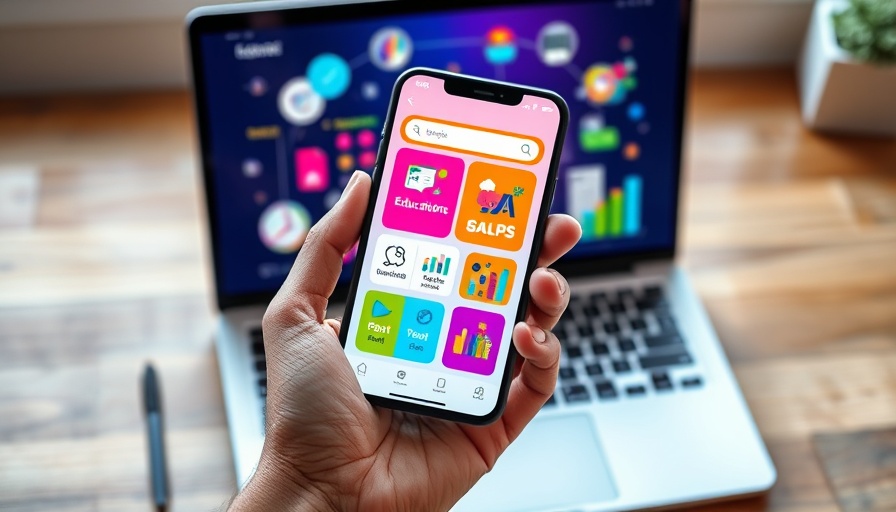
Understanding the Growing Burden of Educational App Overload
In recent years, K-12 schools have increasingly adopted a multitude of educational apps for various purposes, ranging from class instruction to parent-teacher communication. However, a startling report indicates that this trend may be leading to a phenomenon known as "app overload," particularly affecting parents and teachers.
The Reality Behind Educational App Usage
A survey conducted by Cornerstone Communications, which included more than 100 teachers, 125 parents, and 50 K-12 administrators, highlights the disconnect between the administrative optimism about the educational app ecosystem and the dissatisfaction reported by educators and parents.
While 54% of administrators stated that their schools used between 10 and 15 officially sanctioned educational apps, many teachers rated their satisfaction with this system quite poorly—averaging a mere two on a scale of ten. This sentiment was echoed by parents, with 85% expressing dissatisfaction when tracking their children’s academic performance across various platforms.
Why Are Teachers and Parents Frustrated?
Many educators voiced their frustrations over the amount of time spent managing data across multiple applications, a task they believe detracts significantly from their instructional duties. "Educators, while acknowledging the potential benefits of digital tools, express moderate dissatisfaction due primarily to the administrative overhead and fragmented user experience," states the report.
Parents similarly reported that managing academic progress through multiple apps was confusing and time-consuming. The result? A considerable burden on both teachers and parents as they navigate the complex world of educational apps.
The Call for Change: Unifying the App Experience
To address the frustrations of educators and parents alike, the report urges a reconsideration of the app landscape in K-12 schools. Recommendations include creating a unified portal to streamline access to educational tools, eliminating redundant apps, implementing onboarding processes for users, and establishing feedback mechanisms to ensure that the tools provided genuinely meet the needs of users.
Exploring Alternatives: Streamlined Solutions for K-12 Education
Brooke Greenwald, President of Cornerstone Communications, emphasizes the importance of creating a cohesive digital environment that fosters effective communication and partnership between schools and families. This requires moving away from fragmented app usage toward integrated solutions that are both user-friendly and efficient.
Industry leaders like John Myers, CEO of Edsby, highlight the drawbacks of assembling disparate educational technologies, particularly those compiled hastily during the pandemic. Instead, he advocates for unified platforms that simplify interactions and data management. These platforms can provide greater clarity and efficiency, ultimately enhancing the educational experience for students, teachers, and parents alike.
Looking Ahead: The Future of Educational Technology
As K-12 education evolves, understanding the needs of all stakeholders involved—including parents, teachers, and administrators—will be crucial. Organizations must take proactive steps to ensure that the digital tools provided are not only powerful in functionality but also manageable in everyday contexts.
As we move forward, parents and educators must advocate for changes that prioritize streamlined access to educational resources. Doing so will ease the burden of app overload and foster more productive educational environments.
Conclusion: Taking Action Together
The challenges presented by educational app overload reflect a critical junction in K-12 education. By advancing conversations around the need for unified app systems and prioritizing user-friendly solutions, schools can improve the educational landscape for everyone involved.
Consider discussing these findings with your school’s administration and advocating for a more integrated approach to educational apps. Together, we can create a sustainable digital ecosystem that enhances teaching and learning experiences.
 Add Row
Add Row  Add
Add 




 Add Row
Add Row  Add
Add 

Write A Comment